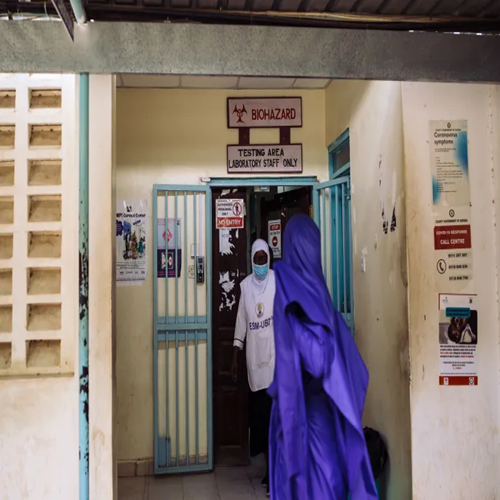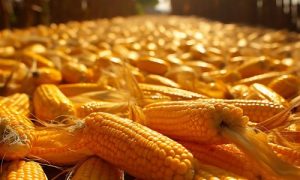Kenyan farmers battle toxic legacy of locust plague three years on

Garissa, Kenya – In January 2020, one of the biggest locust plagues to hit the Horn of Africa in 70 years landed in Garissa, a remote town in northeastern Kenya near the Somali border. The region is honeycombed with small-scale croplands growing mostly maize and an array of produce – tomatoes, watermelons, bananas, lemons – belonging to farmers such as Mohammed Adan.
As millions of locusts descended, devouring all living flora in sight, Adan and his fellow farmers were horrified. This region is no stranger to locusts––the United Nations Food and Agriculture Organization (FAO) even has a designated Desert Locust Control Committee (DLCC) to mitigate periodic damage from locusts. Still, mayhem ensued during the plague.
The FAO spearheaded a “Desert Locust” campaign with a budget of more than $230m, in partnership with the World Bank and World Food Programme. Together, they aided Kenya’s Ministry of Agriculture in spraying a cocktail of pesticides across 100,000 hectares (250,000 acres) of land, home to 26,650 households.
Adan, responsible for a family of 11, was relieved to receive such support, as were his neighbours. After a rushed, impromptu workshop hosted by a government agricultural extension officer, where they learned how to mix the pesticides with water to fill knapsack sprayers, the farmers set off to save what was left of their crops. But the farmers say they were not briefed on what kind of chemicals they were given, nor provided with any protective gear.
Amidst the frenzy, Adan sloshed some of the concoction across his torso. He did not think much of it at the time. It was hours before he rinsed himself off with water, and weeks before he started feeling really sick with abdominal pain, nausea, and an inability to pass urine. Thus began a long journey of being shuttled in and out of hospitals. Now, three years later, he is facing the possibility of a sixth surgery.
“It’s hard to calculate how much the damages came to,” 28-year-old Abubakar Mohammed (Abu), one of Adan’s sons, tells Al Jazeera. “A lot of it can’t be [quantified].”
















